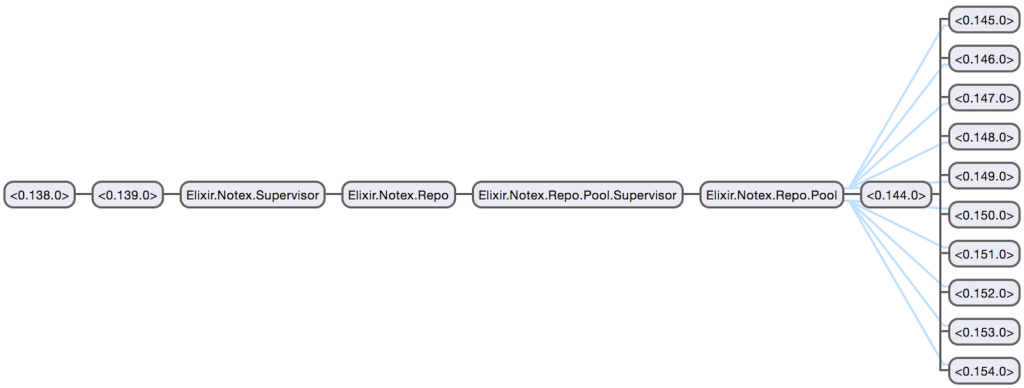

We started with the N+1 query problem, learning to identify and solve it using Ecto's preload functionality. In this article, we explored common performance issues in Elixir applications using Ecto and provided insights on detecting and addressing these problems. png:- tells ImageMagick to output the generated image data as a PNG to STDOUT. Read more about instrumenting AppSignal for Ecto.Similarly, the value of attribution is passed to the second label.Ecto queries are secure and composable Ecto.Changeset - changesets provide a way for track and validate changes before they are applied to the data In summary: Ecto.Repo - where the data is Ecto. The first label is passed the value of quote, the quote will be escaped automatically so we don’t have to worry about it containing spaces or anything. Ecto.Query - written in Elixir syntax, queries are used to retrieve information from a given repository.I’ve numbered the lines that are of interest to us: There’s a lot of ImageMagick config going on there and we’re going to ignore most of it as this isn’t really an ImageMagick tutorial. We won’t need a DB or Webpack so we can skip those with flags.ĭef index ( conn, % ", # "-append", "-background", " # 333333", "-gravity", "center", "-extent", "800x400", "png:-" # ]) render ( conn, "index.html" ) end
#Elixir ecto long text install
Once you have Phoenix installed, create a new project and install the dependencies when prompted. You can skip the node.js and Postgres sections if you don’t already have them installed, we won’t be needing them. The project maintains a very good installation page so I won’t repeat its contents. Now we know how the data is going to be passed into our endpoint, let’s start doing something with it! The syntax for an array in a query string is key=value&key=value2 so if we create an array of quotes and an array of attributions we’ll end up with something like this ( q for quotes and a for attributions to help keep a long URL a bit shorter): /quote.png?q=It%27s%20awesome&a=Mum&q=Pretty%20fun&a=Bob&q=Great%20stuff&a=Alice&q=Average%20at%20best&a=Theo Remember that this is only a proof of concept though so we’ll go with the simplest method I could think of: putting them in the query string. Bookmark schemas include userid, so a user has bookmarks. In a “real” app this would probably be backed by a database and a nice UI for adding quotes. Setting up the hasmany in User follows the same kind of logic. The first question is how we’ll get the list of quotes and attributions from the user. What we’re going to build is a small Phoenix web app that has a single endpoint, /quote.png, that will return an image of a random quote and attribution from an array of user defined quotes. GIFs are great but sometimes it could be nice to have a little bit of dynamism on a site without having a GIF changing in a loop and distracting the user or just without adding the file size of a GIF to the page load.
#Elixir ecto long text generator
Let's Build a Proof of Concept Dynamic Image Generator with Elixir & Phoenix The problem Let's Build a Proof of Concept Dynamic Image Generator with Elixir & Phoenix


 0 kommentar(er)
0 kommentar(er)
